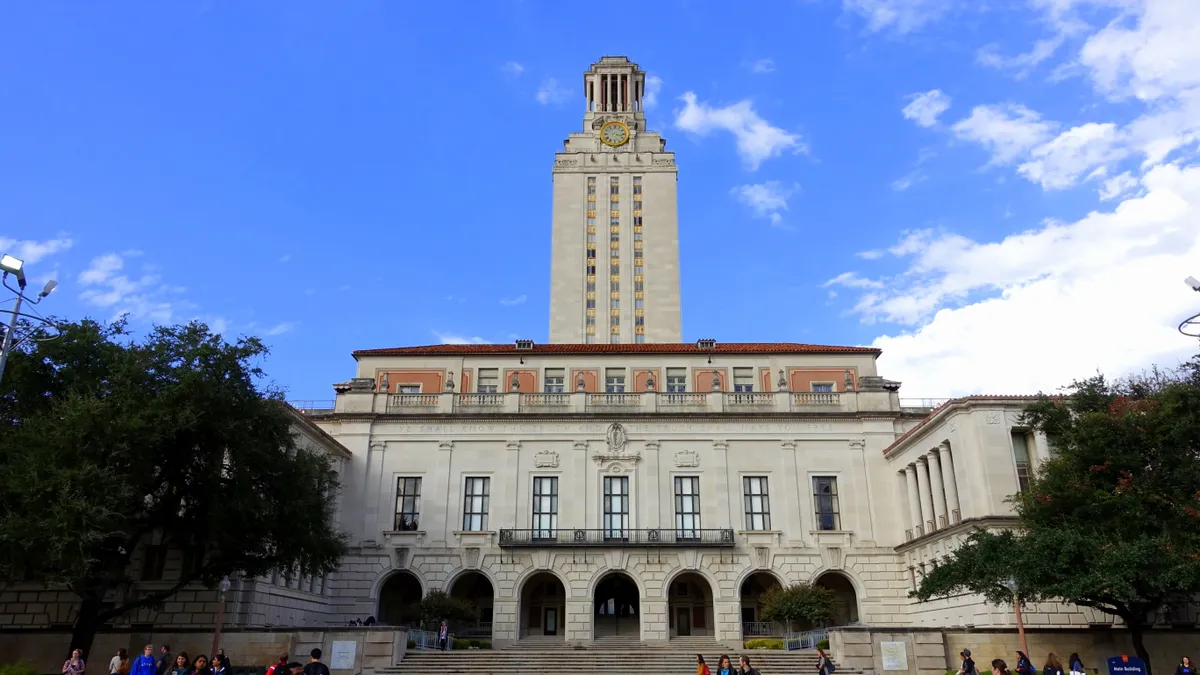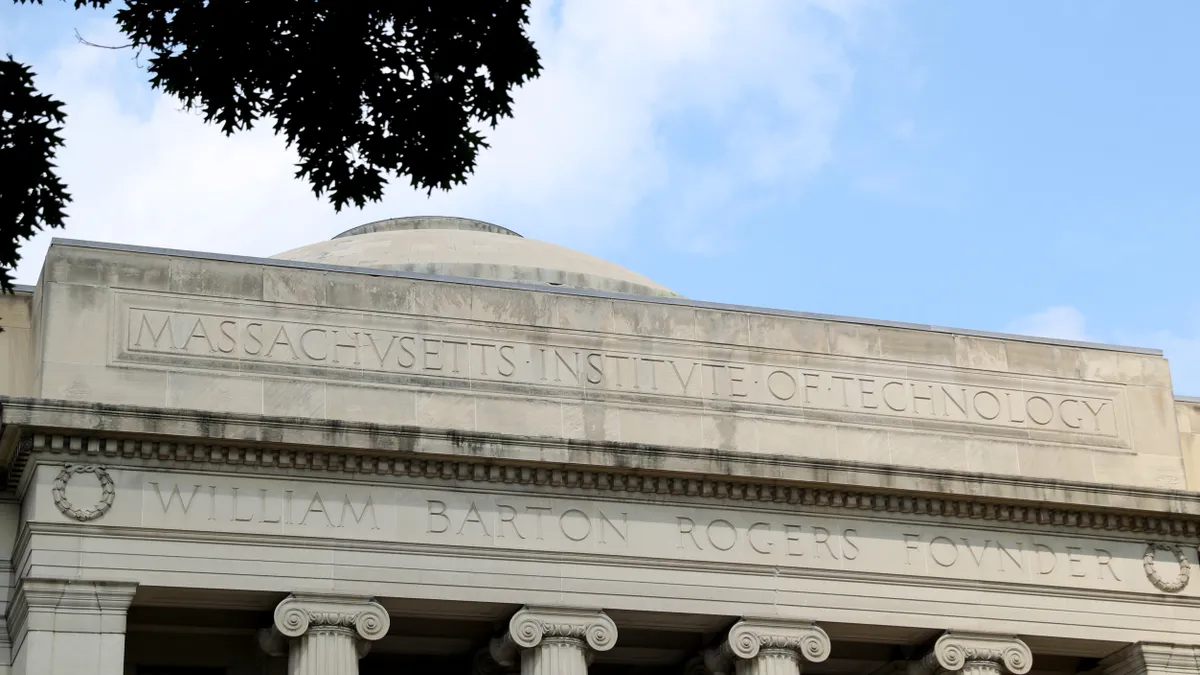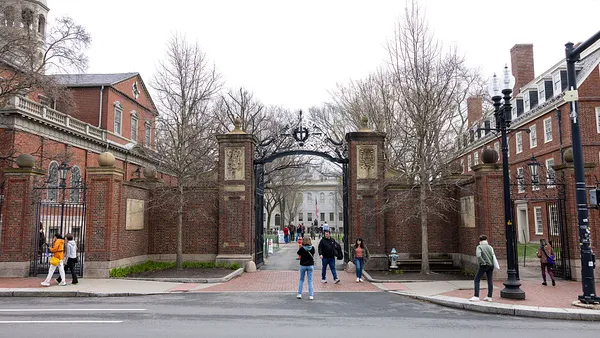Dive Brief:
- Anti-affirmative action group Students For Fair Admissions (SFFA) is again suing the University of Texas at Austin over its use of race and ethnicity in admissions, according to documents filed in a Texas district court last week.
- In 2017, the nonprofit filed a similar lawsuit against the university, which was dismissed, the Austin American-Statesman reported. And in a similar challenge from SFFA, the U.S. Supreme Court narrowly upheld the university's use of affirmative action in 2016.
- SFFA is also suing the University of North Carolina at Chapel Hill and Harvard University. The latter is a particularly high profile case in which the group is focusing on the impact of race-conscious admissions on Asian American students.
Dive Insight:
The Supreme Court's shift to a conservative majority, along with moves by the Trump administration to roll back Obama-era guidance on using race in admissions, have invited the latest set of challenges to affirmative action, brought primarily by SFFA in the hopes of ending the practice.
Eight states already ban affirmative action for public colleges and universities. And legal scholars advise colleges that rely on race-conscious admissions policies to enhance their documentation of the practice and to begin trying out alternatives, as they say it's likely one of the challenges could make it to the nation's highest court.
Although a relatively small percentage of schools consider race as a factor in admissions, all types of institutions are looking for ways to ensure their incoming classes reflect the growing diversity of the U.S.
One possible solution is The College Board's new composite "adversity score" that seeks to contextualize an applicant's achievements based on the resources available to them during their schooling. But some say the attempt at creating a standard by which to measure advantage lacks important objectivity and doesn't fully compensate for broader systemic inequity and types of adversity that can't easily be quantified.
Regular challenges to affirmative action over the last several decades have brought other alternatives to light. One of the most commonly referenced is Texas' Top Ten Percent Plan (TTPP), which gives students in the top 10% of their high school graduating class the chance of admission to any public college in the state. It has informed race-neutral policies in other states, too.
In its latest lawsuit against UT-Austin, SFFA takes issue with how the university admits the one-quarter of its incoming students who don't come via the TTPP.
Similar to the College Board's score, some economists suggest looking at a combination of income, neighborhood and wealth.
Combining race-neutral and race-conscious approaches may be the most effective, the American Council on Education said in a 2015 report. That could mean implementing recruitment and yield initiatives to get more racial and ethnic minority and low-income students to apply; offering bridge programs for those admitted; and designating scholarships for disadvantaged students.
Yet experts say colleges are often not doing enough to ensure their efforts to increase diversity on campus are actually working once implemented.














